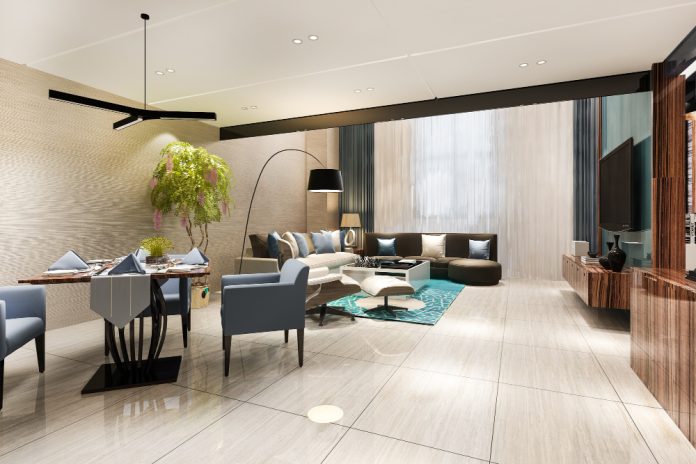International Interior Design Association defines Interior Design as “The art, science, and business planning of a creative, technical, sustainable, and functional interior solution that corresponds to the architecture of a space while incorporating process and strategy, a mandate for well-being, safety, and health, with informed decisions about style and aesthetics.”
An interior designer creates visually appealing spaces catering to their client’s needs. An interior design project can vary from simple home decor to opulent hotel interiors, and corporate spaces encompassing indoor and outdoor areas. It is essential for interior designers to make the most of available space while including appealing décor. They must also make sure that the places they design adhere to safety regulations. Being an interior designer requires creative intellect and the capacity to think outside the box.
You may want to think about pursuing a career in interior design if you enjoy being creative, paying attention to details, and have a good sense of aesthetics. Statistics show that the demand for interior designers will grow faster than average in the next decade. There will be a greater need for interior designers to plan and create functional spaces as the population increases and the demand for new homes and commercial space rises.
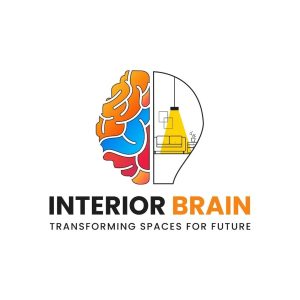
Koushik Sen and Anjita Sen from Interior Brain, an interior designing company based in Kolkata share their opinion on what skills they feel are quintessential to flourish as an interior designer. “Detailing plays a very important role in interior designing and it is what will set you apart from everyone else. Team management in the interior means managing a joint family. And you are the head of that joint family where you have to execute a task with all the members. And every task or every member depends on everyone. So you have to keep your head cool, be honest, treat everyone well, make good relations with everyone and complete the work on time. You should always speak to the client in a gentle manner and maintain transparency. Work updates and details of all kinds of materials should be kept known to the client.”
Soft Furniture Designing
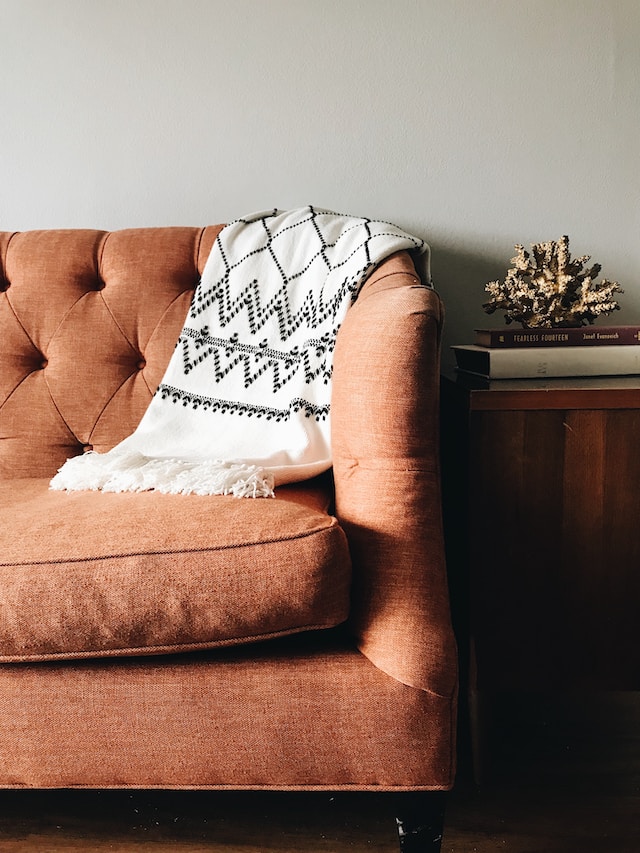
When it comes to making a house feel like a home, one important but often overlooked aspect is the soft furnishings. What’s excellent about soft furnishings is that they are temporary fabric finishes used on furniture, floors, and windows, allowing you to personalize your space. Textile designers, also known as soft furnishing designers, specialize in creating fabrics for interior use. They design fabrics for curtains, upholstery, bedding, and other soft furnishings, as well as rugs and different types of flooring. Soft furnishing designers must have a solid grasp of fabrics and their characteristics as well as an eye for colour and pattern.
Light Designing
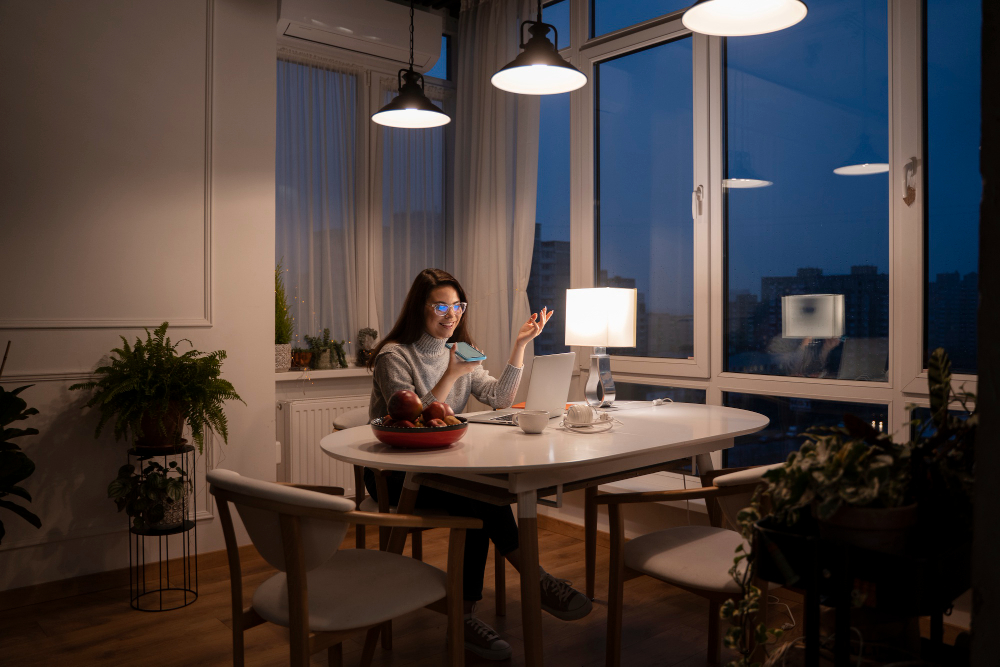
You probably have what it takes to pursue a profession in lighting interior design if you’re sensitive to how lighting can change a room’s mood. Lighting designers have the ability to transform the mood of any space through skilful lighting installations. These designers have a keen sense of design and a thorough understanding of lighting. In addition, they are knowledgeable about construction and design codes. Lighting designers have strong technical aptitudes and a thorough awareness of the scientific and technological principles underlying efficient lighting. Their responsibilities may include implementing lighting plans in various settings such as offices, exhibitions, stores, or homes. They collaborate with architects, electrical engineers, and lighting fixture vendors to provide suggestions on lighting styles, arrangements, and types.
Colour Consultancy
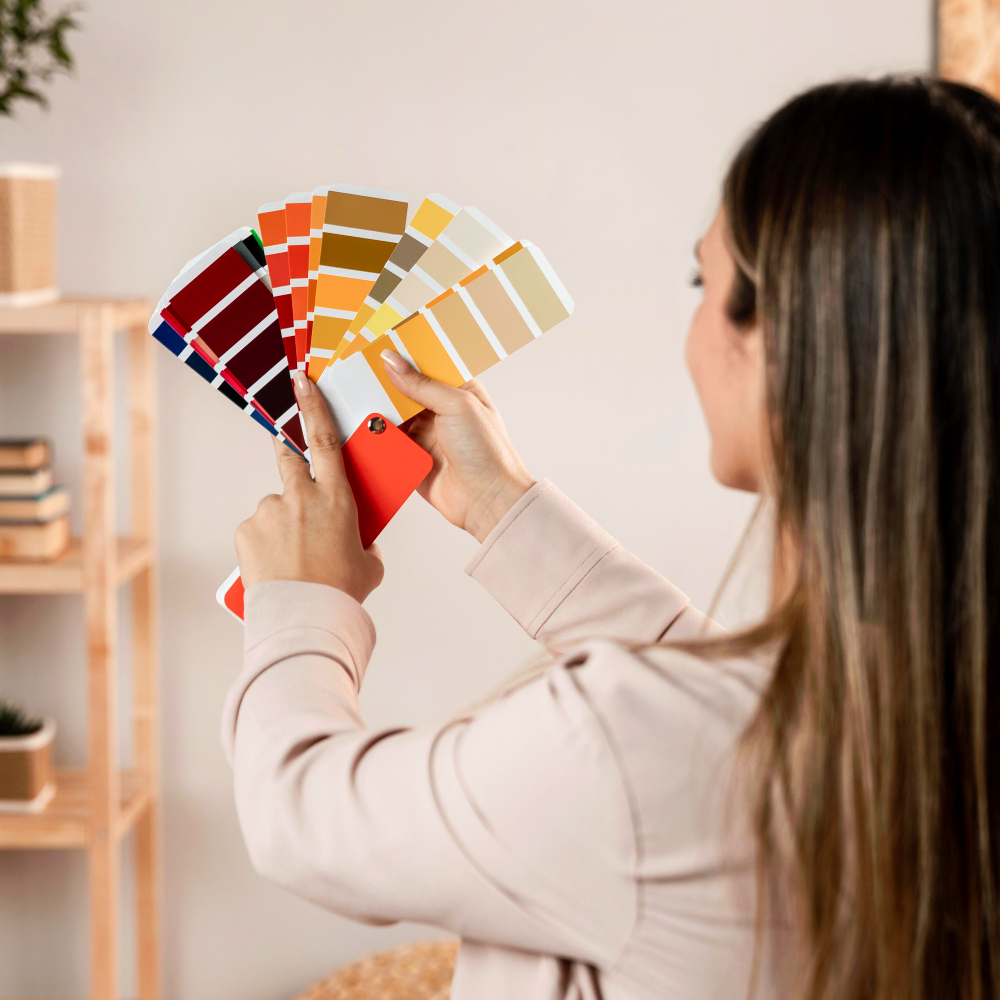
It sometimes is an uphill battle to choose the right hues for your home or office. Even if you have the ideal décor style in mind, picking the proper colours completely changes the look and feel. This is where a colour consultant steps in. A colour expert creates an appealing colour design that captures our attention. However, there’s more to their role than just aesthetics. A colour consultant develops well-informed solutions by fusing ideas about colour design, demographics, and colour psychology with current trends. They also take into account the scientific elements of physiological and visual impacts when researching the effects that colour may have on the human body. These components work together to create a thorough grasp of how colour consultations function.
Furniture Designing
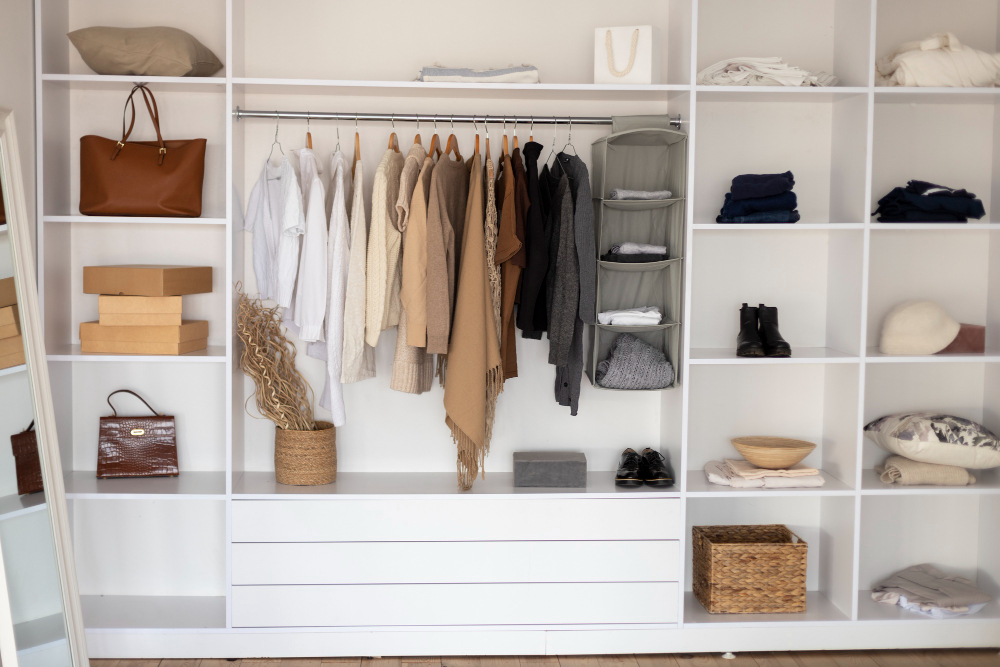
Interior designers specialising in furniture design make comfortable, aesthetically appealing, productive, and adaptable furniture. They use sophisticated software and techniques, the mastery of which takes years, to bring their visions to life. These designers evaluate models for durability, ergonomics, usability, and beauty while also keeping in mind their distinct design objectives.
Kitchen and Bath Designing
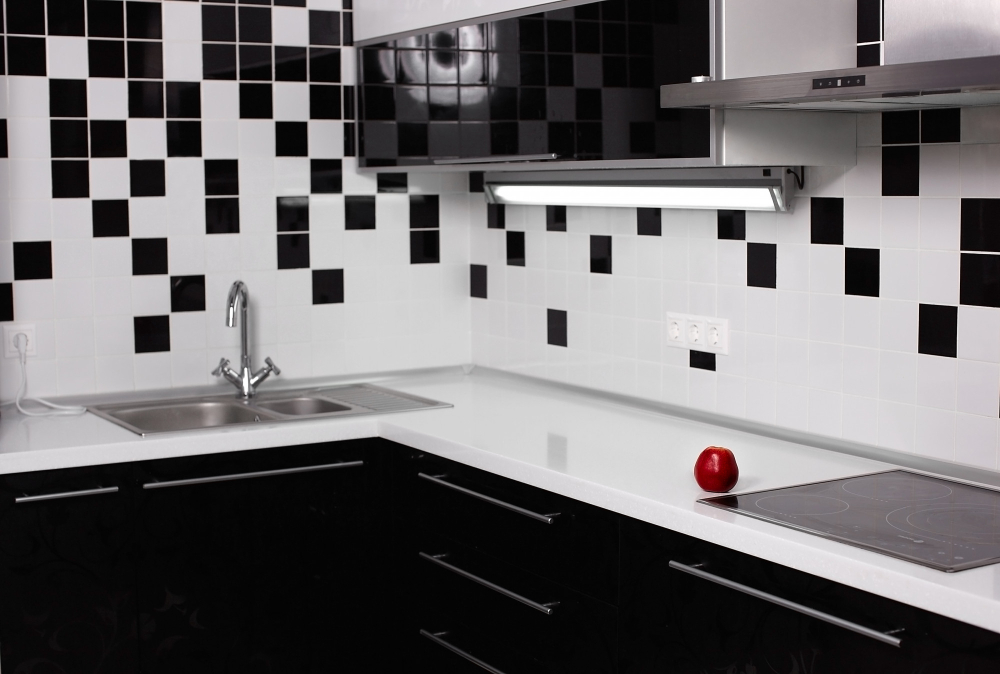
Having a stylish design alone won’t satisfy a client if the space can’t accommodate their desired gas stove or kitchen sink. The functionality of a kitchen or bathroom plays a crucial role in the liveability of a home. A kitchen and bath interior designer specializes in plumbing, electricity, and appliance integration. They are skilled in enhancing these areas’ aesthetics and functionality. These designers are familiar with the design, cabinetry, storage, and general operation of living spaces in homes.
The niches available to aspiring professionals in the interior design sector are both numerous and dynamic. No matter what specific niche you choose, all in all, collaboration with clients, architects, contractors, and others is a fundamental aspect of the industry. Lastly, interior design extends beyond aesthetics to ensure indoor spaces are comfortable, accessible, and functional.





















